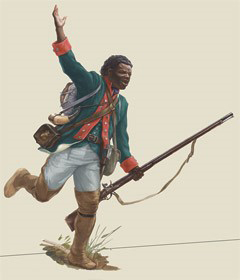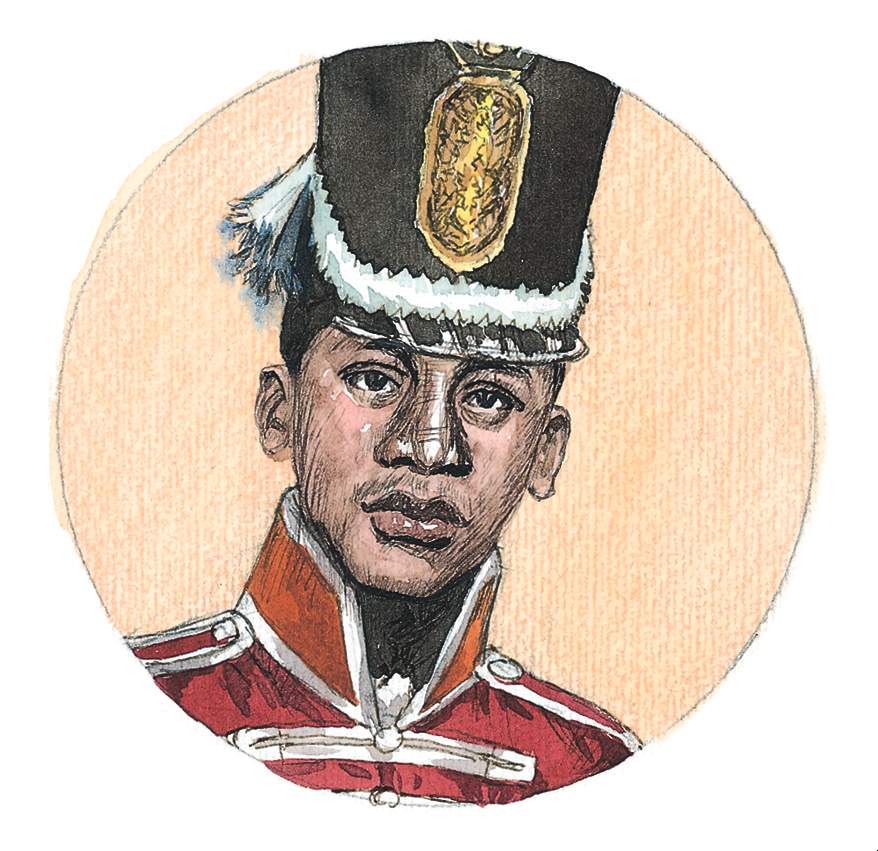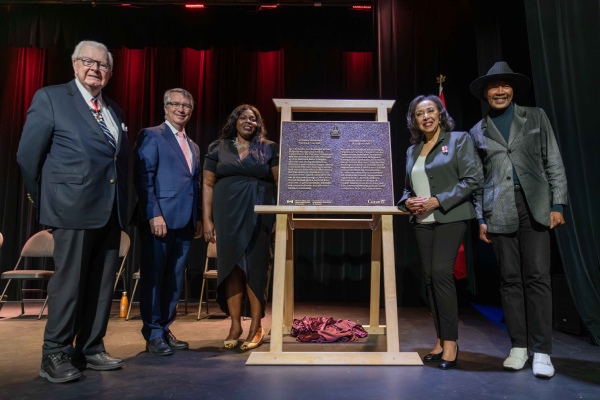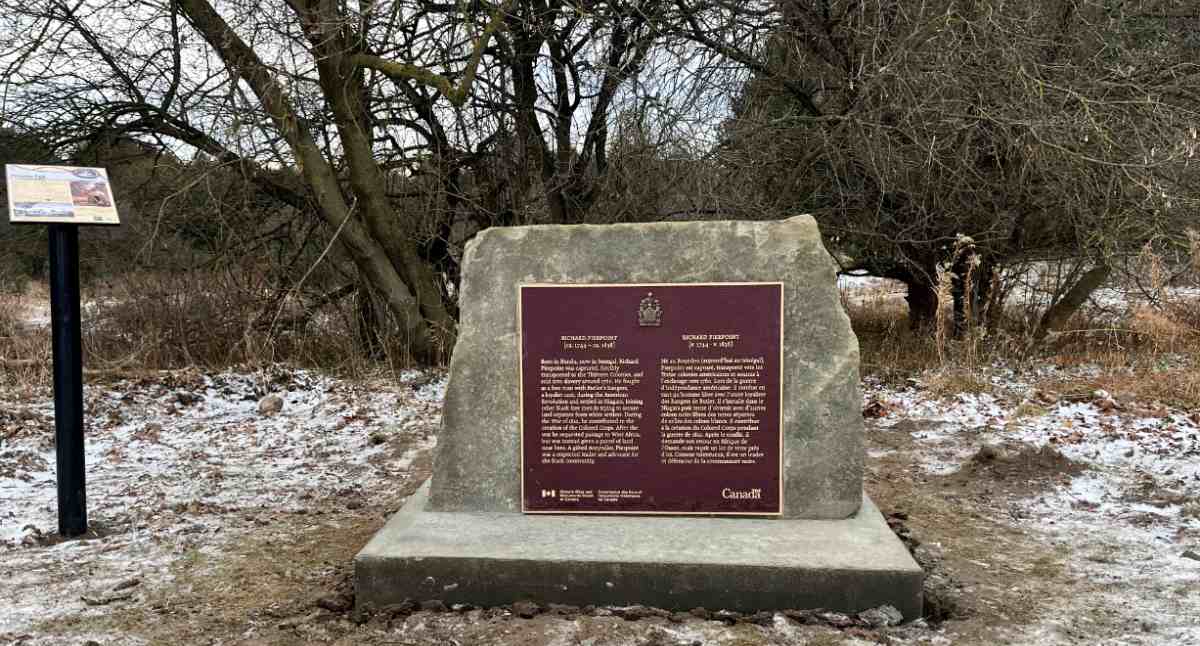Richard Pierpoint National Historic Person (c. 1744–c. 1838)
Richard Pierpoint was designated as a national historic person in 2020.
Historical importance: rare known accounts of the life experience and contributions of a Black Loyalist in Upper-Canada.
Commemorative plaque: Pierpoint Fly Fishing Nature Reserve in Fergus, OntarioFootnote 1
Richard Pierpoint (c. 1744–c. 1838)
Born in Bundu, now in Senegal, Richard Pierpoint was captured, forcibly transported to the Thirteen Colonies, and sold into slavery around 1760. He fought as a free man with Butler’s Rangers, a loyalist unit, during the American Revolution and settled in Niagara, joining other Black free men in trying to secure land separate from white settlers. During the War of 1812, he contributed to the creation of the Colored Corps. After the war he requested passage to West Africa, but was instead given a parcel of land near here. A gifted storyteller, Pierpoint was a respected leader and advocate for the Black community.

© Canadian War Museum
Richard Pierpoint (circa 1744–circa 1838)
The story of Richard Pierpoint—an enslaved man, Loyalist, soldier, griot, and settler from West Africa—stands out as being equal parts courageous and tragic. Pierpoint was enslaved for 20 years, and his story is representative of the resilience of the people of African descent who freed themselves from slavery in the American colonies by fighting for the British under the name Black Loyalists, and then had to face obstacles and prejudice in British North America. In Upper Canada, Pierpoint helped create the Colored Corps, the colony’s only unit entirely composed of men of African descent, which fought in the War of 1812 and helped repair fortifications in the Niagara region.

Material from The Kids Book of Black Canadian History written by Rosemary Sadlier and illustrated by Wang Qijun is used by permission of Kids Can Press Ltd., Toronto. Illustrations
© Wang Qijun, 2003
Born around 1744 in the kingdom of Bundu (a region in modern-day Senegal), Pierpoint was captured and forcibly transported to the Thirteen American Colonies (now the United States). Sold to a British officer in 1760, he later enlisted in the American Revolutionary War (1775-1783) as part of a Loyalist combat unit with the promise of becoming a free man in return. As part of Butler’s Rangers, he carried out raids in the Ohio Valley.
After the conflict, Pierpoint settled as a free man in the Niagara Peninsula in 1783-1784. Like many other Black Loyalists, he was granted two plots of land in exchange for his service in what would become Grantham Township in Ontario. Using his talents as a storyteller in the West African tradition, the griot (a poet musician, someone who preserves and transmits oral tradition) would become a leader among Black Loyalists. In 1794, he co-signed a petition demanding plots of land that were separate from those of White people. Between 1806 and 1812, after selling or losing his plots of land, Pierpoint likely earned his living as a day labourer for farmers in the St. Catharines area. In Upper Canada, like many men of African descent, he faced racism and needed to overcome numerous obstacles and prejudice. In that sense, his story is representative of the resilience of Black Loyalists.



© Parks Canada
In 1812, at around 68 years old, Pierpoint sent military authorities a petition to raise a corps of men of colour to defend the colony. At first rejected, the proposal became reality in August 1812. Despite his advanced age, he volunteered to enlist in the 1st Regiment of the Lincoln Militia. As a private, Pierpoint was among the reinforcements that repelled the American invasion at the Battle of Queenston Heights on October 13. The company was renamed the Colored Corps in early 1813, and, in December, it was attached to the Royal Engineers to help repair fortifications in the Niagara region.
Once discharged, Pierpoint returned to Grantham Township, where he struggled to make a living as a day labourer. While colonial authorities rejected his request to return to his home country, they eventually granted him 100 acres of land in the then-uninhabited Garafraxa Township. Despite his advanced age, he fulfilled his duties as a settler before passing away in 1837 or 1838.
This press backgrounder was prepared at the time of the plaque unveiling in 2023.
The National Program of Historical Commemoration relies on the participation of Canadians in the identification of places, events and persons of national historic significance. Any member of the public can nominate a topic for consideration by the Historic Sites and Monuments Board of Canada.
- Date modified :